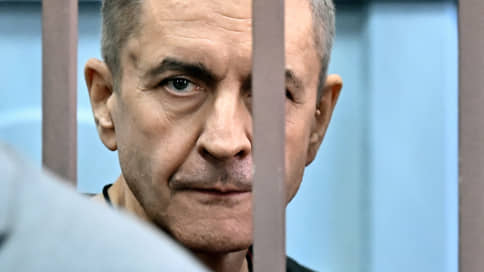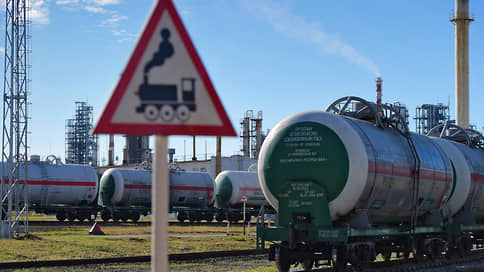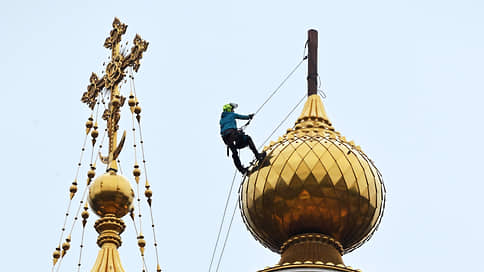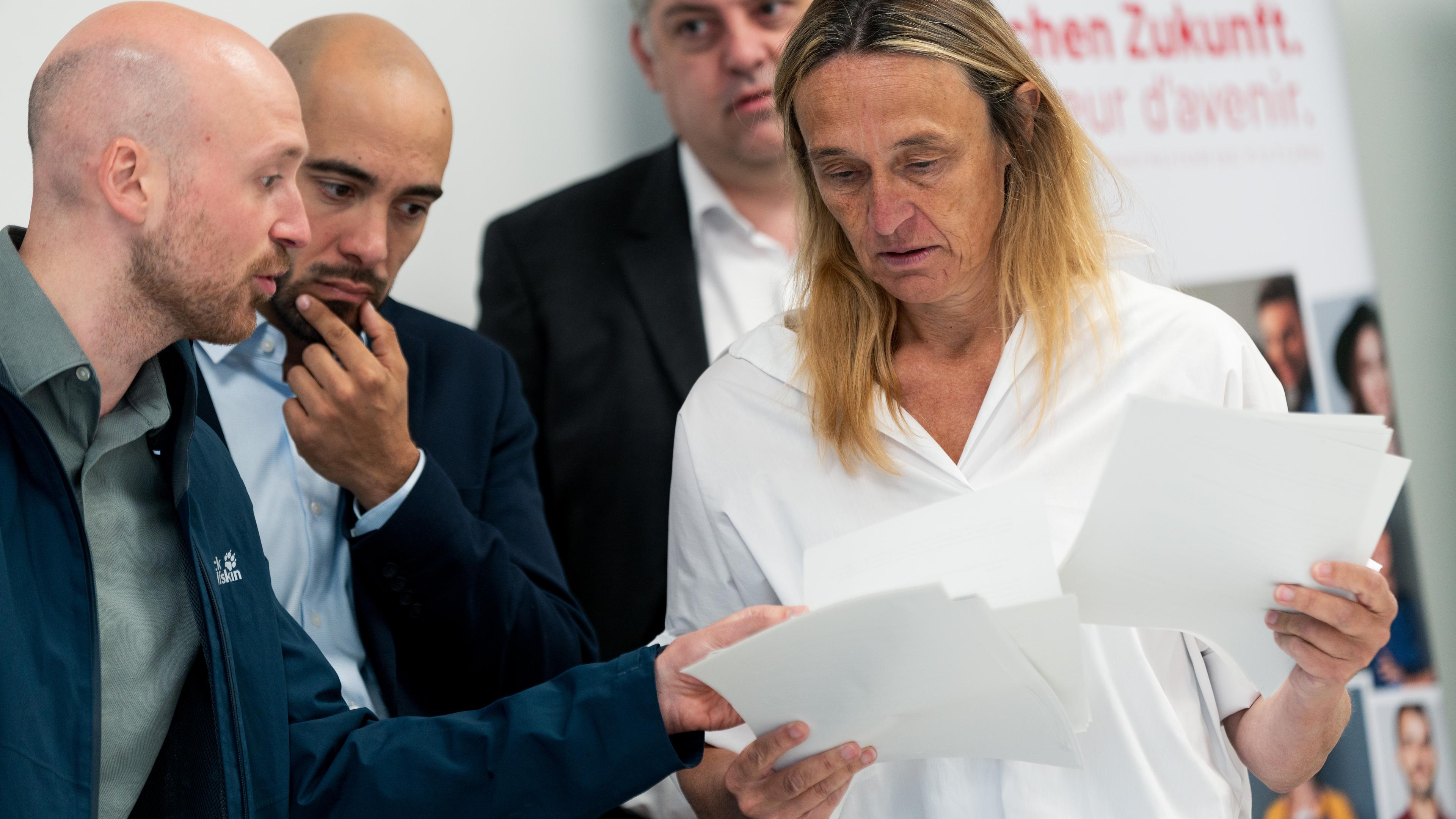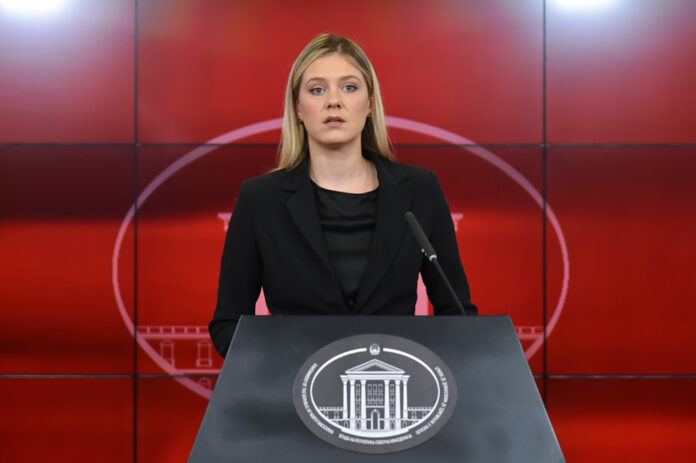How Vladimir Putin announced an Easter truce in Ukraine
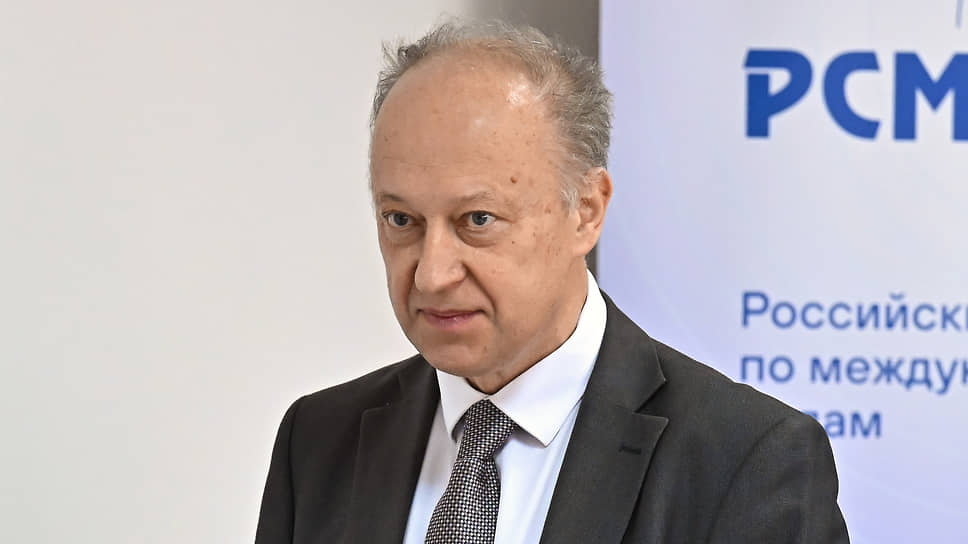
On the night of April 21, the period of 30-hour Easter truce in the zone of Ukrainian conflict declared by President of Russia Vladimir Putin expires. At first, having rejected the initiative of Moscow, in Kyiv they soon not only agreed to stop hostilities, but also in response to extend the truce for 30 days. Trying to intercept the initiative, President Vladimir Zelensky said that “30 days can give a chance to the world,” the implementation of which will now depend on further actions of Russia. However, on Sunday, on Sunday, the press secretary of the President of the Russian Federation Dmitry Peskov said that Vladimir Putin did not give teams to extend the truce.
30 hours or 30 days
The countdown of the time of the 30-hour truce in the zone of the Ukrainian conflict began at 18 o’clock on Saturday, April 19. This happened after earlier on the same day Vladimir Putin at a meeting with the head of the General Staff of the Armed Forces of the Russian Federation Valery Gerasimov announced On the cessation of hostilities until zero hours on April 21.
Congratulating the Russian troops with Easter, the President of the Russian Federation made a statement, which became a complete surprise for Russians, and for Ukraine, and for the whole world. He said that, guided by humanitarian considerations, the Russian side announces a half -day Easter truce.
“I order for this period to stop all the fighting. We proceed from the fact that the Ukrainian side will follow our example. At the same time, our troops should be prepared to repel possible violations of the ceasefire and provocations by the enemy, any of his aggressive actions, ”said Vladimir Putin.
Explaining the meaning of his decision, he pointed out that this initiative would show, “how sincere is the readiness of the Kyiv regime and its desire and its ability to observe agreements, to participate in the process of peaceful negotiations aimed at eliminating the root causes of the Ukrainian crisis.” “For our part, we were always ready and in every possible way welcome the desire of the American side, President Trump, our Chinese friends, chairman of the People’s Republic of China, BRICS countries, all supporters of the fair, peaceful settlement of the Ukrainian crisis,” Vladimir Putin assured.
The initiative of Moscow clearly found Vladimir Zelensky by surprise – in his first comment he hastened to decisively reject the Russian proposal. “As for Putin’s next attempt to play with the lives of people – now air anxiety is expanding through the territory of Ukraine. At 17:15, Russian shock drones were recorded in our sky. Ukrainian air defense and aviation have already begun to work in defense. « Shahda » in our sky is Putin’s genuine attitude towards Easter and to the lives of people, » – wrote Zelensky in his Telegram channel.
After that, the leading world media reported that Kyiv did not respond to the Easter truce of Moscow and refused to demonstrate the oncoming readiness for reconciliation, as the US administration demands from it. “Analysts believe that a brief proposal for a ceasefire is Putin’s easy diplomatic victory, an attempt to stop the American side from a breakdown and a way to position himself as a leader who most of all wants the world,” the newspaper wrote The Wall Street Journal.
Apparently, having studied the reaction to Zelensky’s initial negative answer, Kyiv quickly realized that he clearly missed his defiant speech to Moscow, and were forced to hastily reveal. In just three hours, Vladimir Zelensky made a new statement, radically different from his original position. He not only agreed to stop hostilities, but also proposed to extend the 30-hour truce for 30 days.
“If Russia is suddenly ready to really join the format of complete and unconditional silence, Ukraine will act mirroring – silence in response to silence, blows in defense of blows. If complete silence is really reigned, Ukraine offers to extend it at the end of Easter days on April 20. This will show the true intentions of Russia, because 30 hours are enough for headlines, but not for real measures to strengthen trust. Thirty days can give the world a chance, ”wrote the President of Ukraine in his Telegram channel.
After that, the Armed Forces were ordered to cease fire on Russian positions. According to the BBC television channel, referring to the Ukrainian high -ranking military, taking into account the surprise of the proposal about the armistice on the front line from the Ukrainian side, the confusion reigns on what it will mean.
The further development of events on Sunday, April 20, showed all the fragility of the Easter truce: the parties began to blame each other of violating the ceasefire.
According to the Russian Ministry of Defense in the morning, after the announcement of the Armed Forces of the Armed Forces of the Armed Forces, they fired at the positions of the Russian army 444 times, 900 BPL strikes were carried out, as a result of which there were dead and wounded, as well as damage to civilian objects.
In turn, Vladimir Zelensky claimed that the truce is violated not by Ukraine, but by Russia.
How to bake the cake of the world
The Easter truce announced by Vladimir Putin creates a new situation in Ukrainian settlement, which has come to a dead end. It is no coincidence that at the end of the last week, US President Donald Trump and his entourage began to send active readiness signals in case of further delay in the near future to stop the conflict.
“If for some reason one of the two sides will do it very difficult, we just say:“ You are fools, you are stupid, you are terrible people. ” And we just refuse it. But, I hope we don’t have to do this, ”Donald Trump said on Friday, April 18, communicating with reporters in the White House.
The day before, Washington’s growing fatigue from a lack of progress in Ukrainian settlement was confirmed after a meeting in Paris with European partners by US Secretary of State Marco Rubio. “We are ready to take part in the work as long as it will be required, but not endlessly. If we see that there is no progress, ”he said,“ we will have to do other things. ” As the American media suggested, these words were addressed to Europeans and Ukrainians.
The head of the press service of the US State Department Tammy Bruce on the air of the Fox News television channel explained the position of Washington in more detail. “It is important that the European partners hear us: we do not intend to engage in this for a year, we will not hold meetings for the sake of meetings, we will not wait and hope.” She said Madam Bruce. “We will not head the settlement efforts if the parties or one of the two sides will not cooperate. I believe that our European partners heard in Paris that everything should be facilitated by an agreement, that a ceasefire needed, ”she added.
Against this background, the Easter ceasefire of Moscow returns to life the proposal of three weeks of prescription made by one of the originally anti -Russian European politicians – Finland President Alexander Stubb, who is trying to bring the position of the United States and Europe closer.
Communicating at the end of March with President Trump in his residence in Florida, the Finnish leader reportedthat « April 20 would be a good time for a complete ceasefire without any conditions. » According to him, he proposed this date, because, firstly, on this day Easter will be celebrated and, secondly, this will happen before the expiration of the 100-day stay of Trump as president of the United States (April 30).
The proposal of President Stubba about Easter truce was originally perceived in the world very skeptical as completely divorced from reality and did not cause a response either in Kyiv, in Moscow, or in any of the Western capitals.
After that in an interview Die Weltanswering the question of whether “is a rapprochement with Russia for the future plan and for Europe,” the President of Stubb made another unexpected confession, saying that “in the long run” this is so, but “it will depend on whether peace negotiations will be able to achieve in Ukraine.”
“We are at the stage when European leaders are united in the opinion that one day there will be rapprochement with Russia, but this should happen in close coordination with the allies. And, in my modest opinion, this should be followed, first of all, in close coordination with France, the United Kingdom and, finally, with Germany, ”he said, adding that Finland does not see a“ direct military threat from Russia ”.
After the announcement of the Easter ceasefire, the president of Stubb on Sunday, April 20, talked with Vladimir Zelensky and called on Russia to agree to a complete and unconditional ceasefire.
According to The New York Post, citing a representative of the Washington administration, the United States and European allies of Kyiv will try to coordinate the first joint plan for a complete ceasefire in Ukraine at the upcoming meeting in the British capital. “Next week in London, we want to make a decision on a complete and comprehensive ceasefire. Then we intend to negotiate with the Russians and say: “So, this is the best and final proposal,” the official American representative quotes The New York Post.
According to the American official, to attract Russia to future negotiations, Washington may offer Moscow a weakening of anti -Russian sanctions and, possibly, unlocking the assets frozen in the West.
“A gingerbread for Russians can be a view of how we can weaken the sanctions that are currently operating against Russia. Another question is how to do with frozen Russian assets – those $ 300 billion that are in Brussels, which will happen to them, ”the interlocutor of the publication noted.
How reports CNN, with reference to sources, Washington also plans to organize another meeting of the Special Sender of President Trump Stephen Witkoff with representatives of Russia to discuss the framework of resolving in Ukraine. Earlier, Steve Whitkoff stated that it became possible to be on the verge of something important for the whole world, and settlement could go beyond the framework of “five territories (Crimea, Donetsk and Lugansk People’s Republics, Kherson and Zaporizhzhya regions. « Kommersant ») « And include issues of guarantees of security and refusal to accept Ukraine in NATO.

